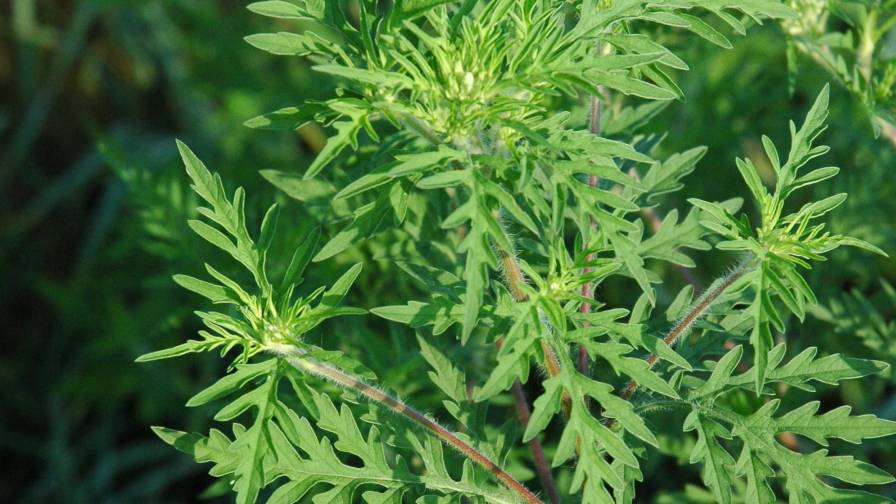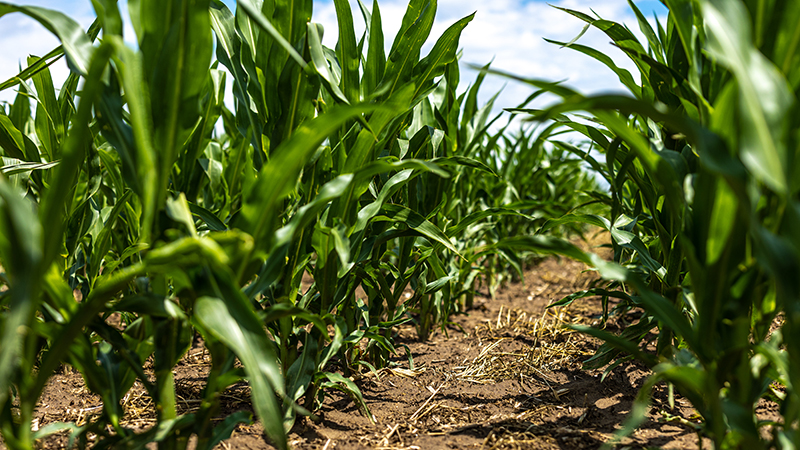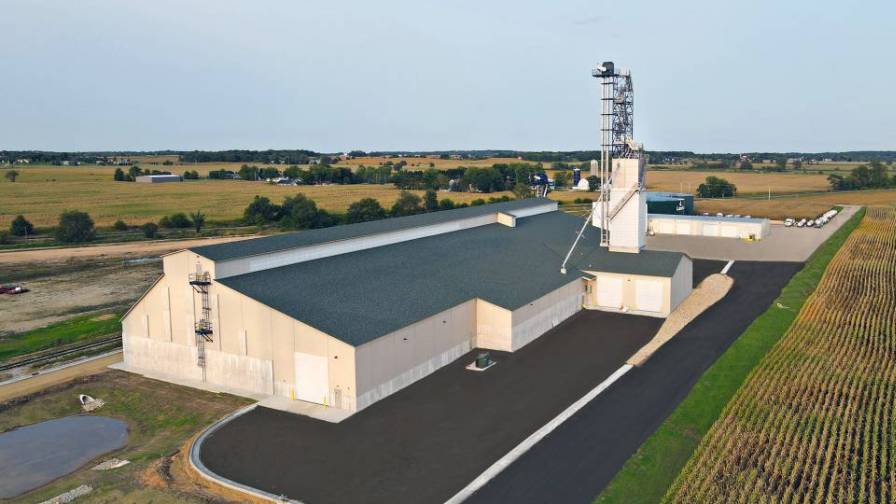CropLife 100: A Big Comeback For Crop Protection
Each year when CropLife® magazine compiles its CropLife 100 report, there usually is one category that achieves top billing, growing faster than the rest of the marketplace offerings and paving the way to future growth for the industry. Since the start of the 21st century, this honor has typically gone to the seed and fertilizer categories, with each doubling sales volume and total market share year-after-year.
But as some categories grow, others inevitably fall behind. During this same timeframe, the crop protection products category has watched its market share dip from the mid-40% range to just a bit below 30% as of 2012. As more and more grower-customers relied solely on glyphosate to fulfill their weed control needs, it looked as if the crop protection products category would remain stuck in reverse gear for the foreseeable future.
However, in 2013, the category bounced back some, with sales growing 8% to $8.5 billion. For the most part, ag retailers polled in the 2013 CropLife 100 survey credited an unusually wet spring season and the expansion of harder to control weeds for re-energizing market growth.
But could this trend continue into 2014 was the question. The answer, it turns out, is a resounding yes.
According to the 2014 CropLife 100 survey, the crop protection products category followed up on its 8% gain in 2013 with another 9% boost during 2014. Sales volume for the category now sits at $9.3 billion. Furthermore, crop protection products now account for 31% of all crop inputs/services revenues for the nation’s top ag retailers — the category’s highest market share in eight years.
“Demand for crop protection products has definitely grown the past two seasons,” says Amy Asmus, co-owner of Asmus Farm Supply, Rake, IA, which derives more than 80% of its annual income from the category. “As growers have been forced to combat harder-to-control weeds, they are increasingly turning to different products to help accomplish this. That has provided a tremendous boost in overall crop protection product sales.”
Weeds Worries
For herbicides, the continuing spread of herbicide-resistant weeds has indeed been the tale. Based upon the latest available data, more than 20 states have at least one form of herbicide-resistant weed in their crop fields. This has forced growers to increasingly find new ways to manage them than what they’ve did in the past.
“The landscape has changed quite significantly over the past several years with weed control,” says Allen Gent, U.S. soybean manager for Bayer CropScience. “One cotton grower summed up his weed problem to me very simply. He told me that he had spent $110,000 on different chemistries to control weeds in his fields this year. And then he spent another $130,000 on migrant workers to clean up his fields by hand.”
CropLife 100 respondents largely agree that herbicide-resistant weeds are a serious issue for their grower-customers. According to the 2014 survey, 75% of ag retailers describe herbicide-resistant weeds as a major problem in many or some of the fields they service. Another 23% say they are “a relatively minor problem.” Only 2% of respondents said that herbicide-resistant weeds presented “no problem” in their grower-customer fields.
With herbicide-resistant weeds on the march across the U.S., CropLife 100 ag retailers saw a decided uptick in their overall herbicide sales during 2014. According to the survey, 75% of respondents recorded a 1% to more than 5% increase in their herbicide revenues during the year. Another 13% had flat sales. Only 12% reported a decline in their herbicide sales in 2014.
For herbicide prospects for the future, things look even brighter. As new cropping systems tied to dicamba and 2,4-D come into the market during 2015, ag retailers expect the segment’s sales to remain strong for some time to come.
Not As Much Fungicides
As herbicides were enjoying renewed interest during 2014, another crop protection category segment, fungicides, were not. For the past several years, fungicide use as a preventive has increased among grower-customers looking to boost their crop yields in the era of $7 per bushel corn. But now that corn prices have dropped back into the $3 per bushel range, this trend has slowed down significantly.
In fact, according to statistics gathered in the 2014 CropLife 100 survey, the nation’s ag retailers saw a big pullback in fungicide use during the year. In 2013, 82% of respondents said 6% to more than 75% of their grower-customers were using fungicide application as a preventive measure in their crop fields. For 2014, however, this percentage has dropped to 76%.
Naturally, this negatively impacted fungicide sales for many ag retailers. According to the survey, 68% of ag retailers had fungicide revenues increases of 1% to more than 5% during 2013. In 2014, this figure has fallen to just 47%. More significantly, 40% of CropLife 100 retailers said their fungicide sales have actually declined by 1% to more than 5% during the year.
As for the final crop protection products category segment, insecticides, 2014 was also a rough year. During 2013, this segment had 1% to more than 5% sales increases for 72% of CropLife 100 ag retailers. But in 2014, this percentage dropped to only 45%. Instead, 31% of respondents said their insecticide sales for the year were down 1% to more than 5%.






